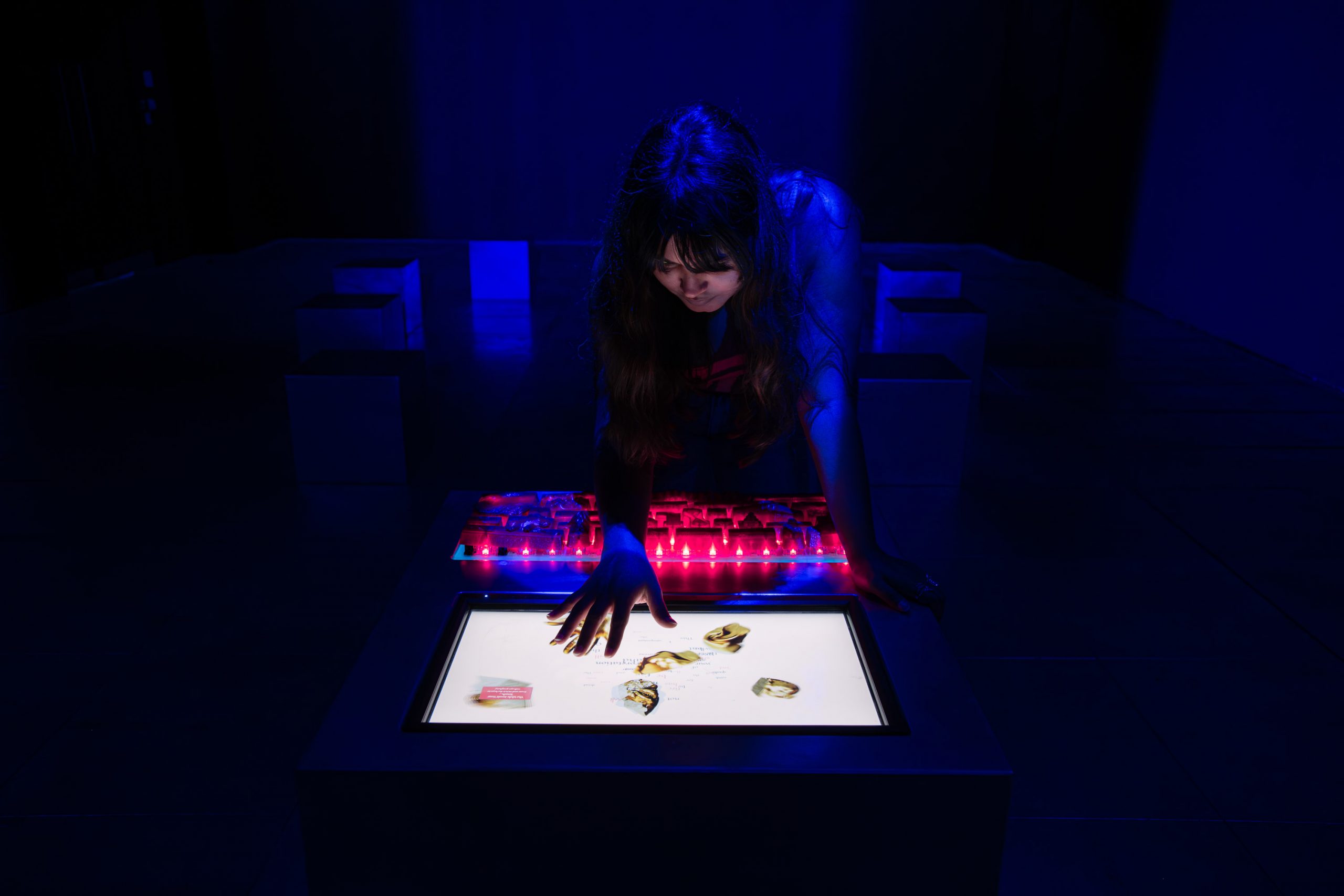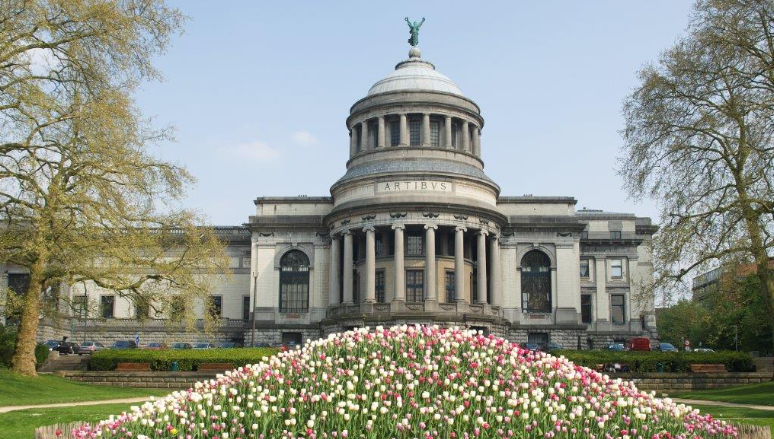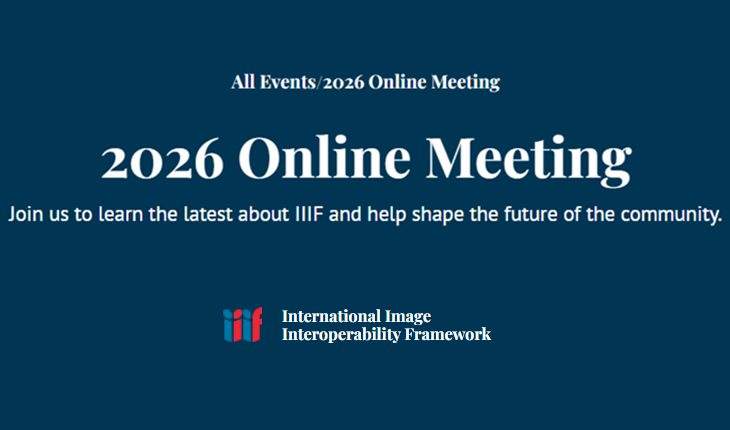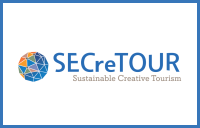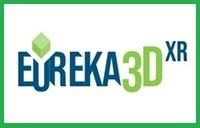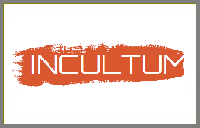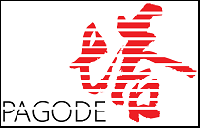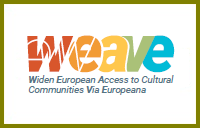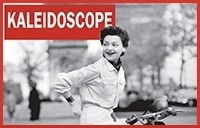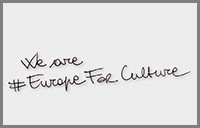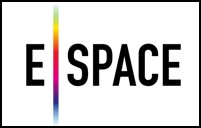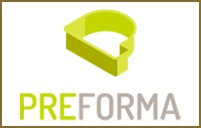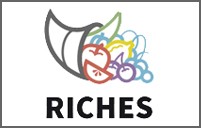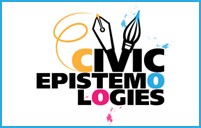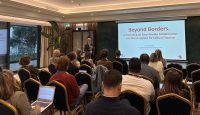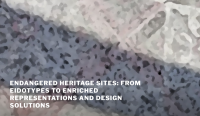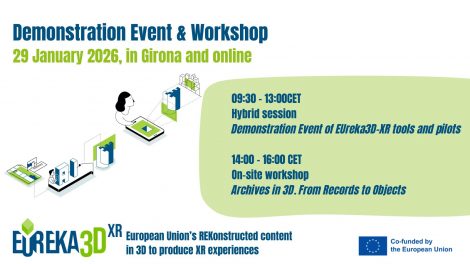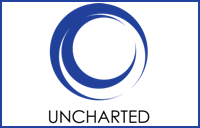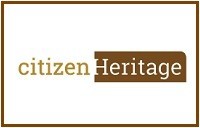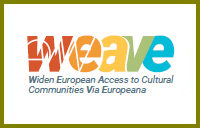Login Status
-
Free text
UPCOMING EVENTS:
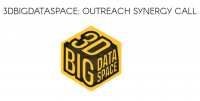 Open call to museums, research insitutions, GLAMs and more to make use of 3D cultural heritage assets and promote digital innovation.
Open call to museums, research insitutions, GLAMs and more to make use of 3D cultural heritage assets and promote digital innovation.The 3DBigDataSpace – Outreach Synergy Call offers a unique opportunity for museums and cultural heritage institutions to develop innovative public applications using 3D technologies. Two selected projects will each receive €10,000 to realise their concepts, along with technical guidance from … Continue reading →
 Design innovative, immersive environments that inspire change.
Design innovative, immersive environments that inspire change.Build with Bits (BwB) is an international online experience, where participants learn how to create virtual environments that generate a positive impact on local issues related to digital culture, education, and this year, we will have a special focus on sustainable … Continue reading →
Author Archives: admin

iPRES is the major international conference on the preservation and long-term management of digital materials. The iPRES 2017 hosted by Kyoto University will contribute to promotion of researches and development of technologies and services of digital preservation. Following the success of the previous conferences, the iPRES 2017 will serve as an international forum for the global community of digital preservation. Continue reading
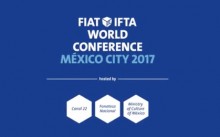
The 2017 edition of the FIAT/IFTA World Conference will be organised in October 2017 in Mexico City. FIAT/IFTA’ s annual conference is a unique opportunity to discover the future of the audiovisual domain and its new tendencies and uses, exchange knowledge and experience, and promote the study of any topic relevant to the development and valorisation of audiovisual archives. Continue reading
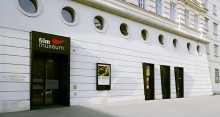
The PREFORMA project and MediaArea are pleased to announce initial details for a 2nd No Time to Wait symposium, hosted by the Österreichisches Filmmuseum – Austrian Film Museum. Members of audiovisual archiving, digital preservation, open media development, and open format standardization communities as well as curious onlookers are welcome to attend, discuss, and present on subjects pertaining to the intersection of open media, standardization, and audiovisual preservation. Continue reading

A Memorandum of Understanding has been signed between the two projects to promote and support technological and scientific collaboration across different e-Infrastructures established and operated in various continents, in order to define a path towards a global e-Infrastructure ecosystem. Continue reading

Analysis of the research tasks that were difficult or impossible with the IPSA website, but which CULTURA makes possible and easy. Continue reading
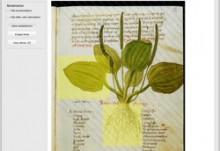
Text, illustrations, paintings and – more recently – photographs, video and audio recordings, much of them now digitised, recount many aspects of European history, from major international events to personal stories. Now, new technology is being brought to bear on these treasure troves of historical information, thanks to EU-funded researchers whose work promises to shed new light on the past. Continue reading
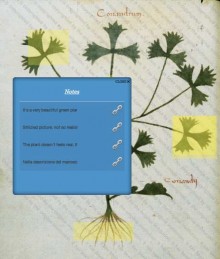
Interesting paper presented by a group of experts and researchers at the ACM Congress DocEng 2013 to introduce the main characteristics of the digital cultural collections that constitute the use cases presently in use in the CULTURA environment. Continue reading
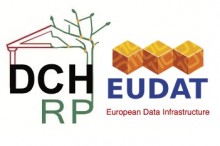
A Memorandum of Understanding has been signed to formalise the fruitful cooperation started in the past months between the two projects funded by the European Commission. Continue reading
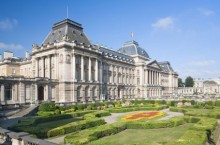
On 9-10 December, at the EBN (European Business & Innovation Centre Network) in Brussels, 10 partners from 6 EU countries and Turkey kicked-off RICHES, a new EC funded research project in the field of Socio-Economic Sciences and Humanities. RICHES investigates the change digital technologies are bringing to our society. Continue reading

The Digital Scholarly Editions Initial Training Network (DiXiT) offers 12 fellowships to Early Stage Researchers (ESRs) for a period of 3 years and 5 fellowships to Experienced Researchers (ERs) for a period of 12 to 20 months. Fellowships are now open for applications (except 4 ER fellowships which will start at a later date). Continue reading


